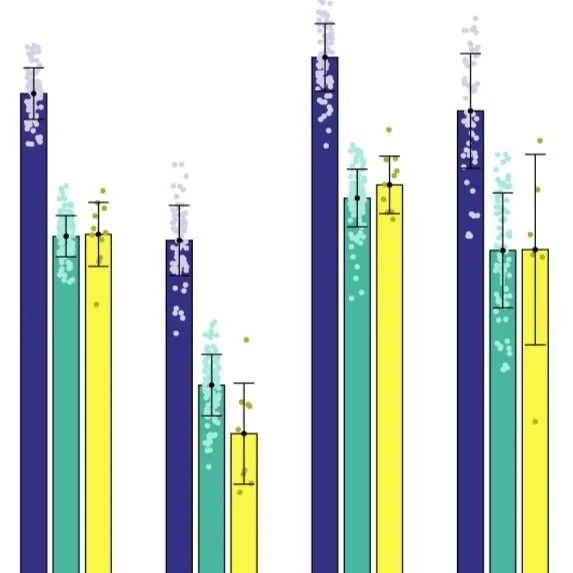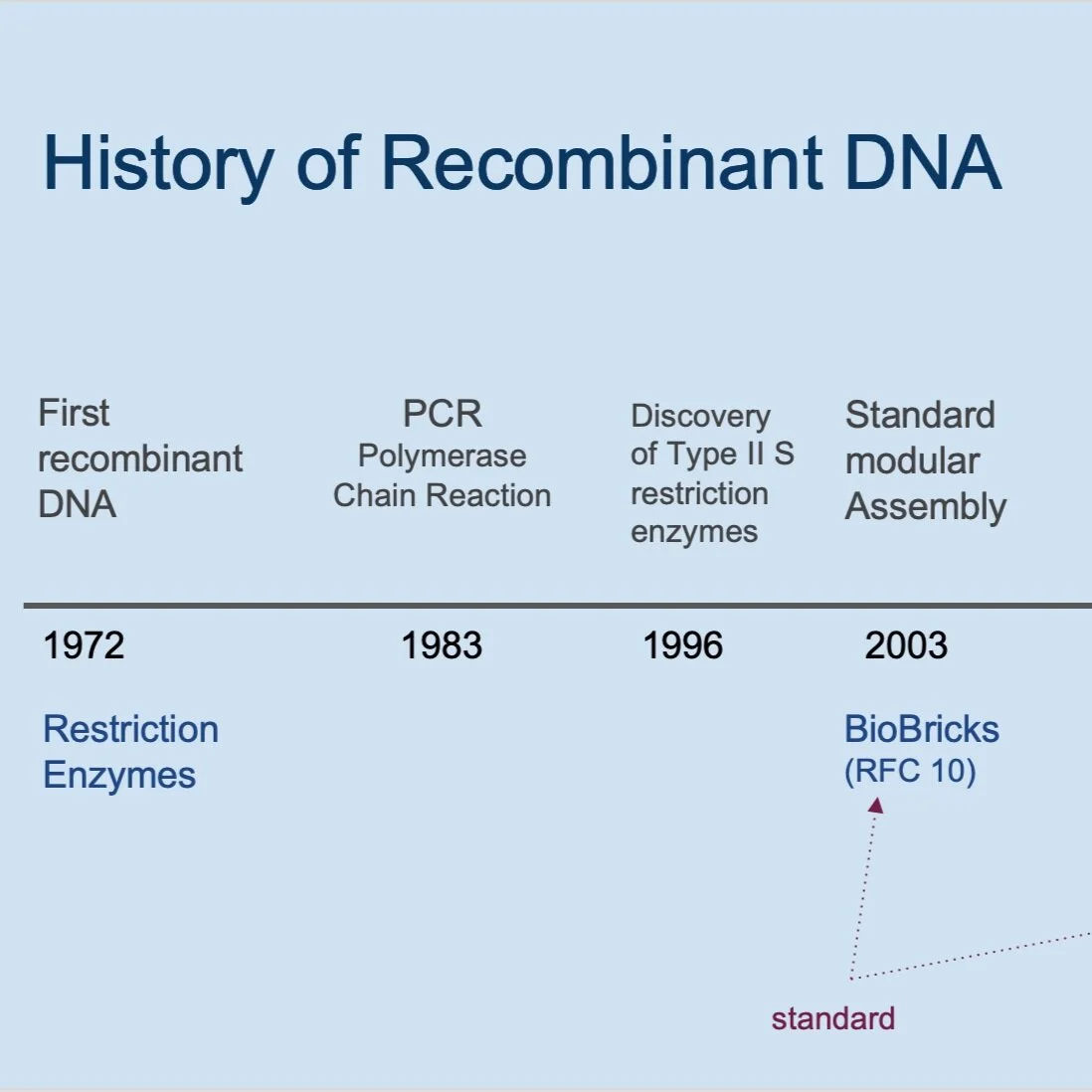The iGEM 2018 Interlab Study: 1400 iGEMers, 250 teams
by Jake Beal, iGEM Measurement Committee Chair
One of the great joys in my professional life is working with students participating in the iGEM competition to develop and validate measurement standards. As part of the 2014 and 2015 iGEM competitions, we carried out the first large-scale interlaboratory study ever conducted in synthetic biology. In that study, published in PLoS One, iGEMers from 88 institutions around the world measured fluorescence from engineered constructs in E. coli and demonstrated that high quantitative precision and reproducibility of results is possible.
In 2018, 1400 iGEMers from 250 teams built upon those results by calibrating fluorescence and optical density (OD) measurements against dilutions of silica microspheres. The iGEM 2018 Interlab study, which was just published in Nature Communications Biology, presents a cheap and easy protocol for estimating cell count and per-cell fluorescence on plate readers. In fact, the protocol validated by iGEM teams is so cheap (reagents <$1) and easy, that I believe no paper should ever be accepted again if it has plate reader data in uncalibrated units, any more than we would accept a paper that measured length in cubits.
The core idea is pretty simple: basically, you calibrate against dilutions of silica microspheres with similar size and optical properties to cells. As long as your cells are in liquid culture that's not too opaque and the cells aren't doing anything really odd optically themselves, this should give a good relationship between optical density and cell count.
The most important result from the iGEM 2018 Interlab study is a nearly perfect match between per-cell fluorescence estimates from plate reader measurements and the ground truth captured from single-cell measurements in flow cytometers.
Image from Fig. 5 of Beal et al, 2020: Per-cell fluorescence from flow cytometer and plate reader
In fact, this match is even better than we deserve: we know there are factors that should distort the plate reader measurements both up and down, but they're small and appear to be canceling one another out. The only device with a notable difference in measured value is the one that's got very low fluorescence – and even there it's not significant and conforms with our expectation that flow cytometers will be better able to measure extremely faint fluorescence than plate readers.
This is new science, so there's lots of caveats, of course: the protocol has only been validated for E. coli, and probably won't work well for murky cultures with a lot of background or for biofilms or long filamentous strands. Nevertheless, it's a big step forward, since a huge amount of what people use plate readers for is covered by the iGEM 2018 Interlab study already. I expect this study is going to have a big impact because it's addressing a problem that so many people are encountering.
I am proud to be able to work with so many capable collaborators and eager young contributors to synthetic biology. The iGEM students and teams that contributed to these studies are listed as co-authors in the published articles (here and here). If you are one of those iGEMers that contributed to the iGEM Interlab studies, or if you just find this work as interesting as I do, I encourage you to stay in touch and consider joining the iGEM Measurement Committee and After iGEM. It's amazing what iGEMers can accomplish, and I look forward to seeing how teams can build on these results in the future!
Members of the Measurement Committee at the 2019 Giant Jamboree. Photo Credit: Justin Knight and the iGEM Foundation









